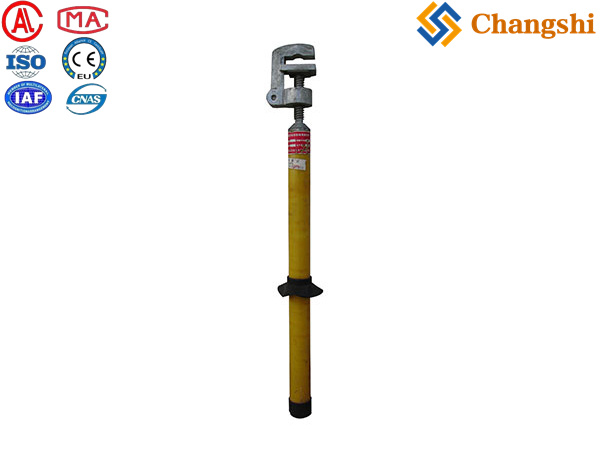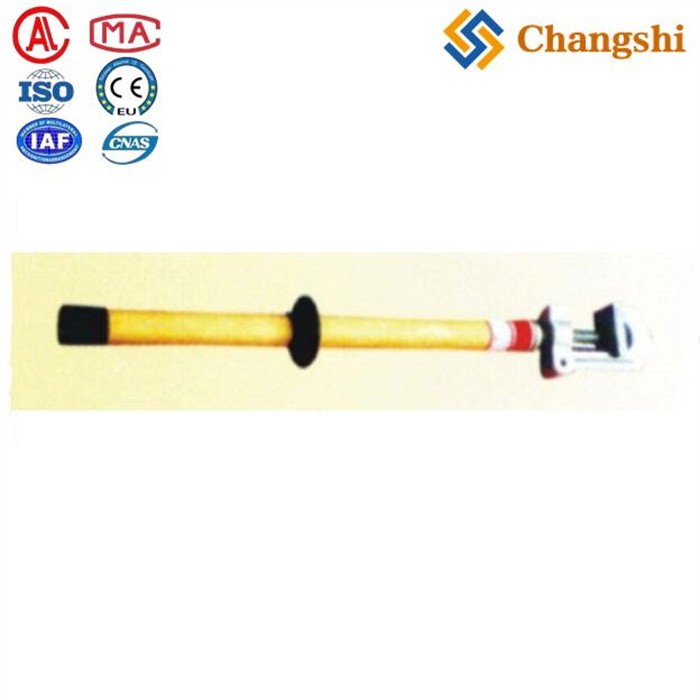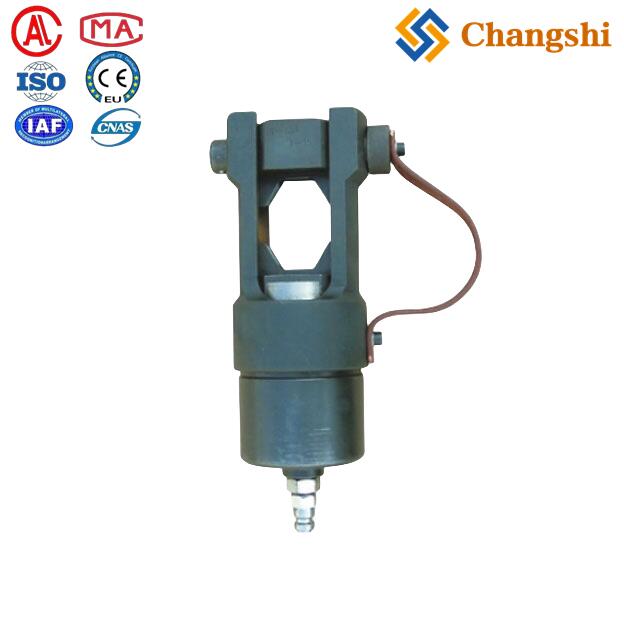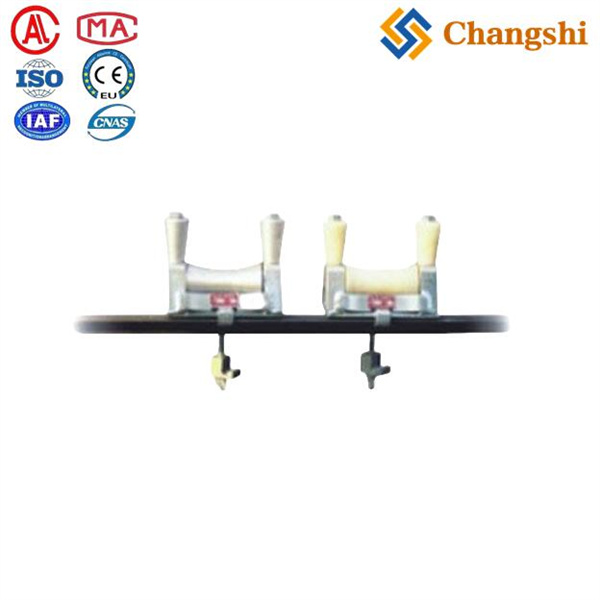
Arc Opening Type Short Circuit Grounding Operation Pole
A short circuit grounding operation on a pole with arc opening involves establishing a reliable and low-impedance grounding system to safely dissipate fault currents and protect personnel and equipment during electrical faults, especially when an arc fault occurs.
- Transmission Line Wire Cable Conductor Tension Stringing Equipment
- Transmission Conductor Tension Stringing Equipment For Overhead Power Lines
- Tools For Power Lines,Substation,Electrical Construction & Maintenance
- Electric Power Transmission Distribution Line Construction Machine Tools
- Overhead Power Transmission Distribution Line Repair Hardware Fittings
- Underground Cable Laying Pulling Installation Equipment Machine Tools Accessories
- Information
- Video
A short circuit grounding operation on a pole with arc opening involves establishing a reliable and low-impedance grounding system to safely dissipate fault currents and protect personnel and equipment during electrical faults, especially when an arc fault occurs.
Key points for such grounding operations include:
-
Grounding resistance requirements: For poles supporting electrical lines, grounding resistance should be kept low to ensure effective fault current dissipation. Typical grounding resistance values are:
-
Not exceeding 30 ohms for low-voltage line metal or cement poles.
-
For systems with large short circuit currents, grounding resistance should be very low, often below 0.5 ohms to safely handle high fault currents and prevent dangerous voltage buildup.
-
-
: Protective grounding equipment must be capable of conducting the maximum anticipated fault current without delay in protective device operation. Grounding conductors are typically copper wire of at least No. 2 AWG size or larger for durability and conductivity.
-
: Poles are equipped with grounding electrodes such as copper pole butt plates connected to grounding wires, which are driven into the earth near the pole. Ground rods should be installed in undisturbed soil at a safe distance from the pole and driven to sufficient depth (often 8 feet or more) to ensure low resistance earth connection.
-
: When an arc occurs at a pole (arc opening), the grounding system must provide a low impedance path to quickly clear the fault and minimize arc duration. This reduces risk of equipment damage and enhances safety for workers and the public by limiting step and touch voltages.
-
: Before installing grounding devices, equipment and conductors must be tested and verified de-energized. Grounds should be connected using the "first on, last off" method to maintain safety during installation and removal.
-
: Grounding practices follow standards such as the National Electrical Safety Code (NESC), OSHA regulations (29 CFR 1926.962), and IEEE or national earthing standards to ensure proper design, installation, and maintenance of grounding systems.
-

In summary, a short circuit grounding operation on a pole with arc opening requires a low-resistance grounding system with proper grounding electrodes and conductors, installed according to safety standards and tested to ensure rapid fault current dissipation and protection of personnel and equipment.





